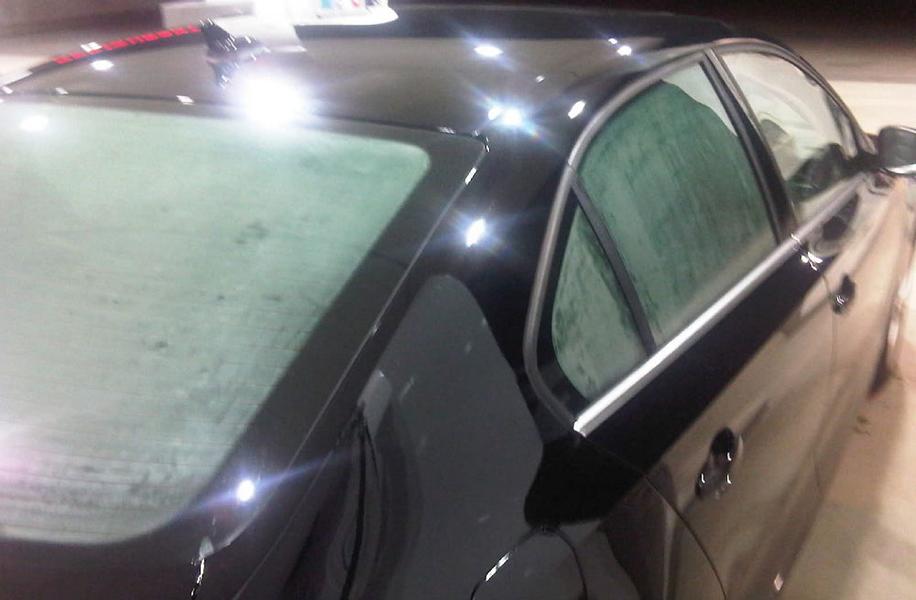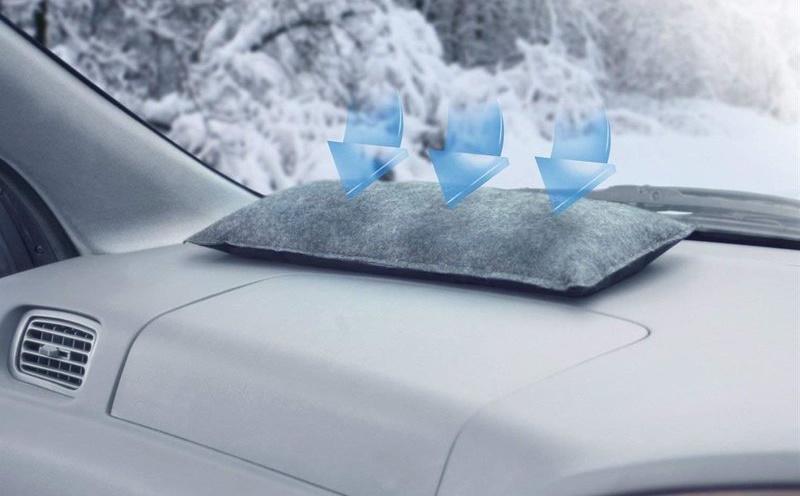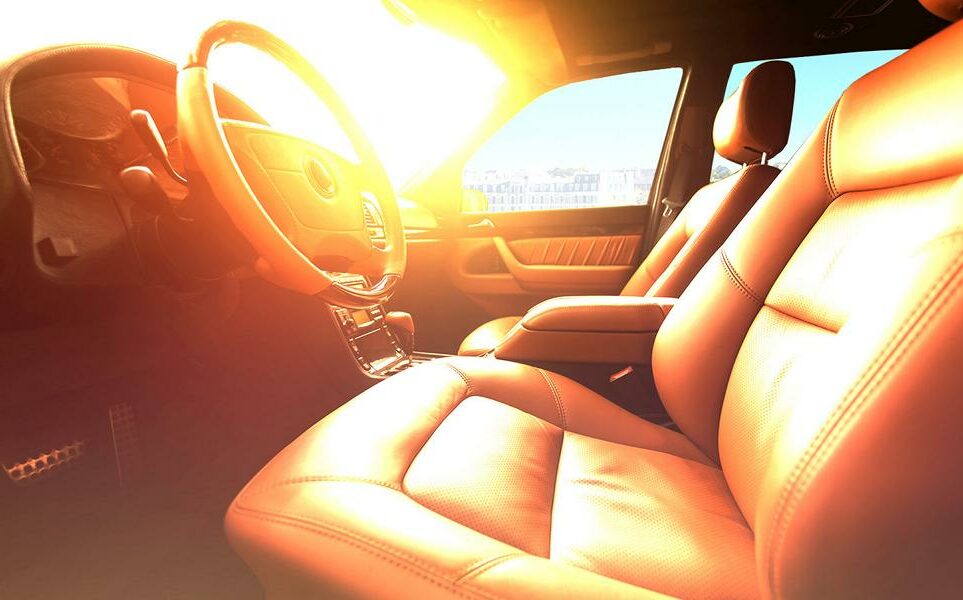We have all experienced the inconvenience of car window condensation, fogging up our view of the road ahead. The good news is there are ways to stop condensation from forming in the first place, as well as clear up the fog when it is already present. This article breaks down the most effective methods for keeping car windows nice and clear.
Causes of Car Window Condensation
- Humidity and Temperature Differences: The main cause of condensation inside your car's cabin is humidity in the air mixed with interior surfaces that are cool. When warm, moist air comes into contact with cooled glass or frames, the water vapor condenses. This is why you often see car window condensation form on cold days or mornings after the vehicle has been parked overnight.
- Outside Air vs. Passenger Breath: Condensation forms when colder outside air enters the car and interacts with the warmer, moister air produced from passenger breath. The number of people in the vehicle contributes to condensation build up. Body heat effectively raises in-cabin air temperatures while breathing adds humidity.
Preventing Car Window Condensation
- Use defrosters: Turning on your A/C or front/rear defrosters will help stop condensation by decreasing the temperature difference between the glass and cabin air. Activating these features before condensation forms is ideal to keep windows clear.
- Crack Windows: Opening windows a small amount allows interior air to exchange with outside air, balancing temperatures and humidity levels. This stops condensation from building up due to passenger breathing. Remember to crack windows even during colder weather.
- Keep Cabin Clear: Start each drive with a condensation-free windshield by scraping any buildup leftover from previous trips. Also, remove extra items that add excess moisture through absorption like wet gear or damp towels. Clearing clutter helps stop condensation factors.
- Remove Excess Humidity: Use absorbent items that collect ambient moisture in your vehicle's cabin air. Silica gel packs, moisture catching bags or bowls of rice left in the car can soak up moisture. Replace them monthly to stop condensation at the source.
- Apply anti-fog sprays: Spray-on anti-fogging products leave a protective hydrophilic coating on glass that inhibits condensation build up. Wipe windows down with the liquid solution to stop condensation through advanced water dispersion technology.
Clearing Existing Interior Condensation
- Activate Air Conditioning: Turning on your car's A/C automatically cycles in dehumidified air to help clear windshield condensation fast. Make sure to also direct climate control vents towards all fogged up windows. This stops condensation buildup by warming the glass to match cabin temperatures. Use Defrost Settings Adjust climate controls to activate defrost modes which redirect hot, dry air specifically to target cold condensation. Front, rear and side window defogger functions work quickly to stop condensation in its tracks. Wipe Down Affected Areas Keep a microfiber cloth or absorbent chamois easily accessible to manually wipe away condensation as needed. Focus on wiping down window corners first where moisture tends to collect mostly due to temperature variances. Stop condensation in problem areas.
- Circulate Fresh Air: Rolling down all windows for just a minute equalizes interior humidity and temperature levels to help dissipate condensation. Driving with windows cracked also stops additional condensation from forming during your trip.
- Turn On Cabin Lights: Flipping on overhead or dashboard lights burns off condensation fast by adding direct heat to car windows. Just a few minutes of extra lighting aimed at windshield and side glass stops condensation through light warmth and heat emission.
Park in Sun When Possible
Choosing to park your car facing out into the sun for a period of time allows the cabin to benefit from solar radiation and heat. Sunlight penetration specifically helps stop additional condensation from forming while parked.
- Add Rice Socks: Placing a tube sock filled with rice and knotted closed over your shifter knob or dashboard vents adds gentle radiant heat. The rice holds heat effectively to slowly burn off and stop condensation when direct sunlight or defrost settings aren't practical.
- Get a hygrometer: Monitoring cabin humidity levels with a hygrometer allows you to anticipate when conditions are prime for windshield condensation to occur. Maintaining 40%-50% interior humidity stops condensation from developing in the first place.
- Dry Out Wet Items: Remember to remove clothing, gear, towels or bags that have absorbed exterior moisture before placing them in your car. Let all wet items dry fully in open air to stop them from off-gassing excess humidity into your car's enclosed space which leads to condensation.
- Fix Water Leaks: Detect and repair any water leaks into your vehicle such as worn weather stripping, broken seals or a damp trunk or carpeting. Blocking moisture entry stops condensation since it eliminates the ability for excess humidity to move into the cabin area.
Conclusion
In summary, there are numerous effective solutions for keeping annoying car window condensation at bay. Stop condensation from forming through preventative measures like absorbing humidity, circulating drier air, applying anti-fog sprays, and monitoring car cabin conditions. When fog does strike, quickly clear windows using defrost settings, a microfiber towel, fresh air exchange, added light and heat, and vigilant wiping. Finally, make stopping ongoing condensation a priority by detecting and repairing water leaks while thoroughly drying any damp items. Stay proactive in keeping your view of the road ahead nice and clear!
 tuningblog.eu Your magazine about tuning the car
tuningblog.eu Your magazine about tuning the car




